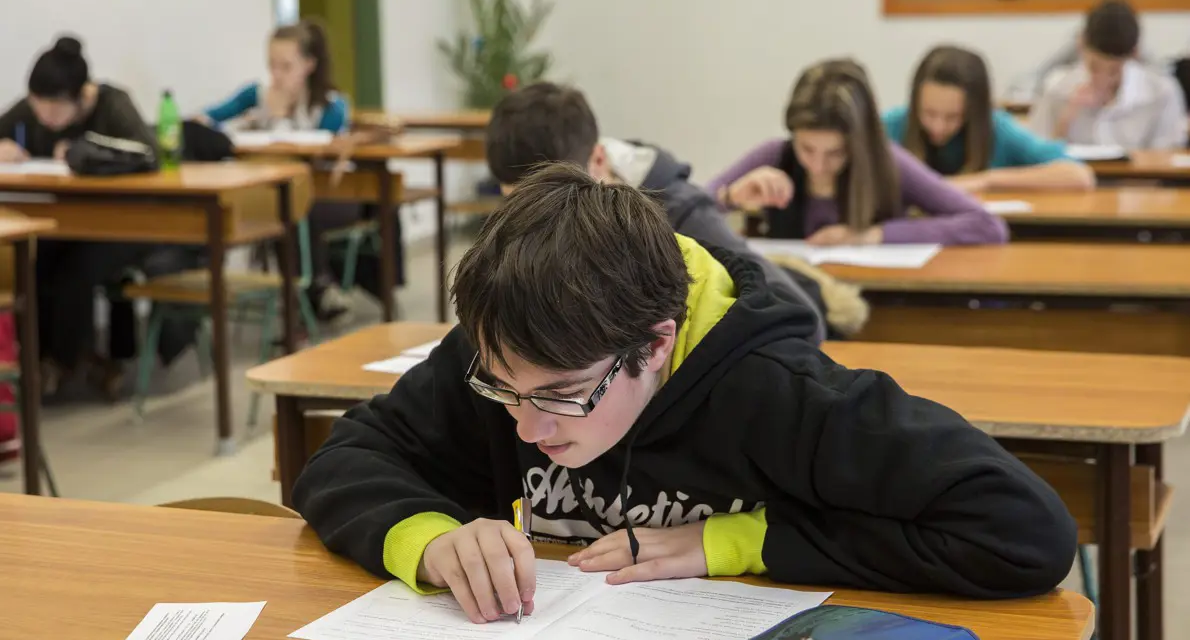This is based on two strategies: Hungary's digital education strategy and the public education strategy. Both focus on children's digital competence, infrastructure development and the expansion of teachers' digital knowledge, he added.
He emphasized that
these have also been accompanied by serious developments: broadband internet is available in schools, students are continuously supplied with devices, and digital teaching materials and audiovisual content are widely available on the public education portal
According to Katalin Balatoni, in 2017-2020, 45,000 notebooks, 24,000 student tablets, 3,000 interactive panels, 15,000 Lego robots and tablets, hundreds of drones, 3D printers and humanoid robots, more than 6,000 desktop computers and 3,200 student notebooks were acquired and delivered to public education institutions.
In addition, 26,000 additional devices were provided to needy students during the coronavirus epidemic, and in 2022-2024, 5th and 12th grade students received and will receive notebooks from another HUF 200 billion in domestic funds, said the deputy state secretary.
Katalin Balatoni also reported that great emphasis was placed on the preparation of teachers; tens of thousands of teachers participated in further training that expanded their digital competence.
Digital content development has also been strengthened, the content necessary for education and learning – smart textbooks, audiovisual content, maps – can be found on the public education portal. In addition, 180 smart classrooms have been built in the country, which are used by 37,000 students, he explained.
Katalin Balatoni believes that these developments have all contributed to the current results, and she also called it important that Hungarian students regularly test themselves in various surveys, as their results can also be interpreted as feedback for different strategies.
Sándor Brassói, the president of the Office of Education (OH), said that the ICILS measurement was held in April-May last year with the participation of 34 countries, and for the first time Hungary took part in the event examining the computer and information literacy of 8th grade students, as well as their IT thinking.
In Hungary, 3,491 students from 179 classes in 155 schools completed the online tasks.
The president of the OH stated that if there are comprehensive government ideas and strategies, then the results will come.
He touched on the fact that in the last four decades, the development of computing and IT has had a great impact on our world. The ICILS measurement addresses the fundamental skills that students absolutely need to be able to acquire information for their studies and later work in the 21st century.
According to the expert, the ICILS study provides comparable data on how today's young people are dealing with digital culture, but it also helps to monitor progress.
Gábor Kristóf Velkey, head of the OH's public education analysis department, explained that the Hungarian students started in only one of the two panels of the ICILS measurement, computer and information literacy, which examines: how students know how to use computers for research, creative ideas use for implementation and communication at home, at school or in their own community.
According to his explanation, the average result of Hungarian students of 505 points is 29 points, significantly and significantly higher than the average of the countries participating in the measurement (476 points).
Similar to the average of the countries participating in the measurement (34 percent), the majority of Hungarian students (44 percent) - out of the four defined in the measurement scale - performed at the 2nd (average) level, and 20 percent also reached the 3rd or 4th level (the ICILS average 15 percent).
Based on the results, student performance in Hungary is significantly influenced by the student's background, i.e. parents' education, occupation or the number of books in the home - similar to other countries - said Gábor Kristóf Velkey, adding: a similar correlation can be observed in the case of IT devices and infrastructure, as well as in what and how digital tools are used in school lessons.
Students who have access to two or more computers at home scored 36 points higher than students who have fewer computers at home. This difference is the second highest in Hungary among all the participating countries (59 points).
Similarly, the results of those students for whom the computer was always available at home to complete their schoolwork were 44 points higher than those for whom it was not (Hungary: 53 points).
In most of the countries participating in the measurement, girls performed better than boys; according to the results, no significant difference between the performance of the sexes can be observed in Hungary - explained the expert.
MTI
Cover image: MTI/Tibor Rosta













